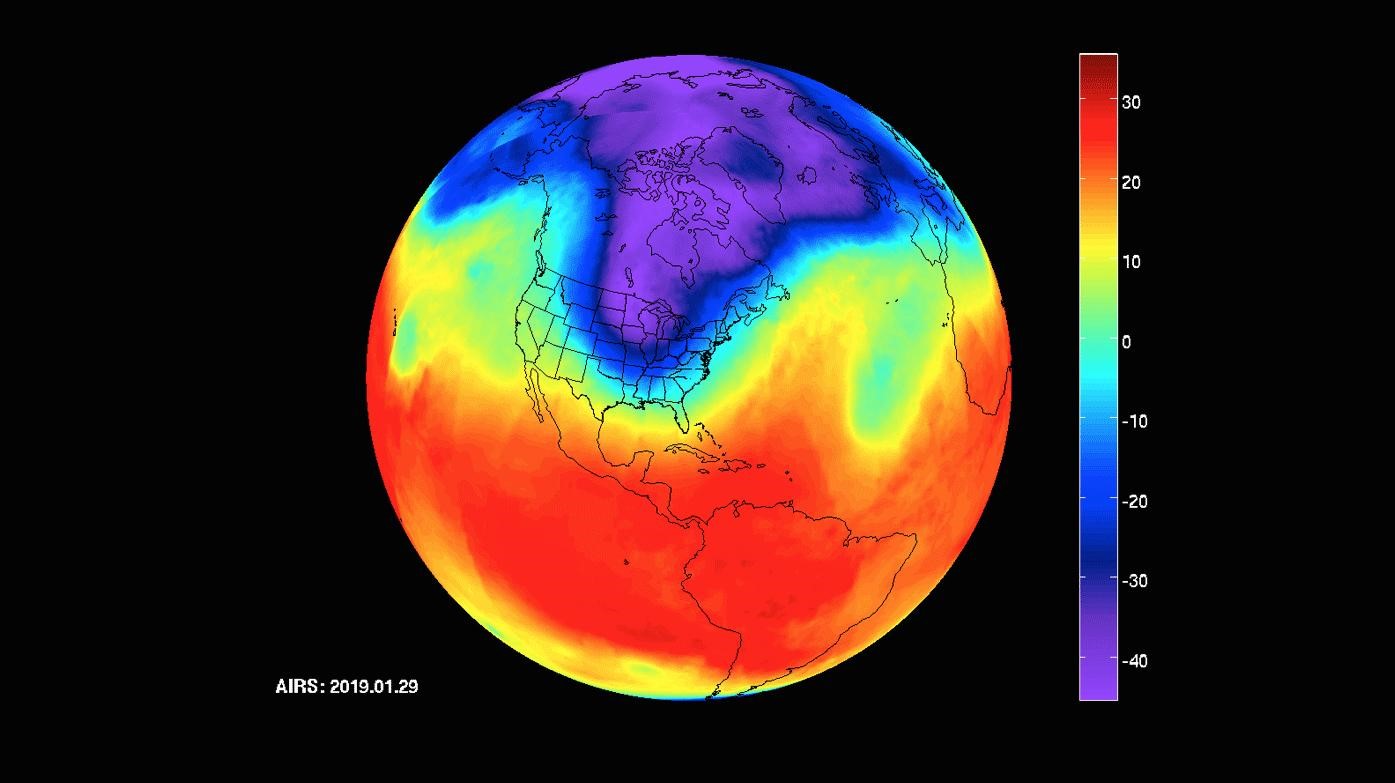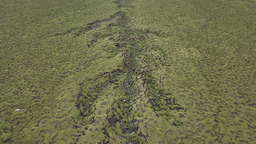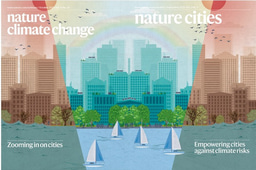Climate urgency dampens public acceptance of carbon dioxide removal
Published in Social Sciences

As our plane touched down in Chicago for our data collection, little did we know that a polar vortex would cause disruption to our carefully laid plans. Events such as the polar vortex, the wildfires in Australia, and the mass bleaching of the Great Barrier Reef, all gained global media coverage, and climate change has become more urgent to more people.
Our paper explores how the general public perceive carbon dioxide removal technologies, which may be necessary to meet targets set out in the Paris Agreement and to address climate change. As our data demonstrates, people are generally very unfamiliar with this topic, meaning that mixed-methods approaches are needed to understand public perceptions. We used a nationally representative survey to provide us with a general overview and comparative statistical data, plus workshops to dig deeper into how people thought about and talked about these technologies.
Having successfully piloted both parts, we packed our bags and set off around the UK and then to Illinois to conduct workshops. Collecting all the qualitative data ourselves was complex, but meant that we ‘lived’ the cross-national analysis in a way which is rare in this field. However, during the first few days of our trip, temperatures dropped to -35°C, colder than Siberia and with a fatality-risk windchill (Emily’s piercings froze to the inside of her nose!). Workshops got cancelled and we panicked about our decision to do fieldwork in winter, until everything was fixed by the University of Illinois Extension Office, without whom this research would not have been possible. Fortunately (at least for the project), our participants and collaborators were becoming accustomed to weather-related disruption.

Our research showed us that people no longer think of climate change as ‘distant’ in space and time; instead, they see it as urgent and immediate, connected to real-life experiences of extreme weather. We asked our US participants for their views on this during the polar vortex, and they responded that a cold ‘extreme’ is still an extreme, regardless of what POTUS is tweeting. This is arguably good news for climate change perceptions, but it does put carbon removal technologies in a tricky spot, because people are aware that technology development takes time. People were sceptical that it would be possible to develop technologies such as Direct Air Capture and Enhanced Weathering, carefully and with adequate testing, within the required timescale. Yet participants also didn’t think that carbon removal technology tackles the root causes of climate change, and for many people the concept just doesn’t fit with their vision for a sustainable future society. In other words, we discovered a strong ‘temporal dilemma’: people see carbon dioxide removal as both a long-term solution to a short-term problem, and a short-term solution to a long-term problem.
The urgency of climate change is now perceived in both the scientific community and in wider society. Without serious emissions reductions, at-scale deployment of carbon dioxide removal is currently a red line for many. As research progresses into carbon dioxide removal technologies we can already see specific technology types produce differing views depending on how these are framed, how developed technologies are, and how risky these potentially could be. What our study made clear was that although it is important all our options are explored to limit the impacts of climate change, society has an invaluable contribution to make and their views must be incorporated.
Follow the Topic
-
Nature Climate Change

A monthly journal dedicated to publishing the most significant and cutting-edge research on the nature, underlying causes or impacts of global climate change and its implications for the economy, policy and the world at large.



Please sign in or register for FREE
If you are a registered user on Research Communities by Springer Nature, please sign in